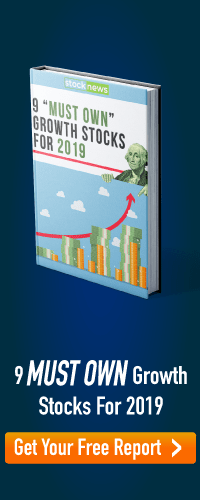That’s because while a 6.0 net leverage ratio would be safe in the long-term, in order to obtain higher credit ratings (to BBB and BBB+), and the lower long-term borrowing costs that go with that, will require Kite to continue self-funding its 3-R strategy for several years. The good news is that the REIT’s retained cash flow is sufficient to cover 100% of investments and thus it could avoid taking on new debt (other than refinancing existing bonds and credit facilities). The rising cash flow would then lower its leverage over time, and make the overall balance sheet (and dividend) even safer in the coming years.
However, thus far management has only said it is committed to paying off debt through 2019 when it will complete the last of its asset sales. Thus I’ll be watching closely in 2020 and beyond to see what kind of capital allocation decisions management makes. Theoretically, the REIT might take on additional debt in order to acquire new properties or even make an acquisition of a smaller REIT. Such M&A activity always comes with execution risk, including possibly overpaying for an asset and increasing the leverage ratio headed into a future recession.
Speaking of recessions, here there’s good and bad news. The good news is that the current payout ratio and debt levels mean that, barring an even worst Financial Crisis than last time, Kite isn’t likely to cut its dividend in the next economic downturn. BUT while 93% of its tenants are e-commerce resistant, not nearly as many are recession proof. While it does have plenty of strong defensive anchor tenants (like Walmart, Target, dollar stores, and discount retailers), many of its tenants might see their business decline when the economy next shrinks. That will likely mean that FFO/share once more turns negative, which Wall Street will likely punish with a sharply lower price.
What’s more, while the dividend is likely to be maintained (I wouldn’t own it if I weren’t highly confident of this), it may be frozen for the duration of the recession. That would further weigh on the share price. Of course, in that scenario (where KRG’s yield soars to 10+%) I’ll be adding more by the bucket full. But investors who are very uncomfortable with such volatility need to keep this in mind and size their positions accordingly.
Finally, due to its still relatively large exposure to secondary (smaller, less dense, and less affluent) markets, Kite’s lease spreads remain weaker than rivals like Brixmor (BRX) and Kimco (KIM), both of which I also own. Remember that lease spreads are a proxy for the quality of a retail REIT’s asset base. Should KRG’s lease spreads fall below 10% for a long period of time that would call into question management’s current 3-R strategy. And of course, those lease spreads will naturally decline during a recession. That’s why it’s good that the final $100 million in property dispositions should greatly boost this REIT’s property quality and allow it much higher lease spreads, at least in theory. But investors will want to make sure that this important metric actually goes up (it’s found in the earnings releases) in the coming quarters.
Bottom Line: At Today’s Price Kite Realty Is One Of The Best High-Yield Investments You Can Make
Don’t get me wrong, Kite Realty, like all stocks, faces its fair share of challenges and is not a risk-free investment. But the current fundamentals mean that its 7.9% yield is likely safe, even during the next recession (why I own it in my portfolio). Meanwhile, management’s plan to self-fund a large number of highly lucrative property improvement projects is likely to lead to strong cash flow and dividend growth in 2020 and beyond.
When you combined Kite’s nearly 8% yield, with its 4% long-term growth potential, and then add in shares trading at a 42% discount to fair value? Well, you get the potential for not just generous, safe, and steadily rising income, but likely about 18% long-term CAGR total returns as well. That’s not just a fantastic return (and likely to beat the market by three or even four times in the coming years), but makes this little known, and highly unloved REIT one of the best investments you can make at this time.
That’s as long as you are patient enough to wait for the turnaround to succeed, are comfortable with the risk profile, and have a long enough time horizon (5+ years).
About the Author:
9 "Must Own" Growth Stocks For 2019
Get Free Updates
Join thousands of investors who get the latest news, insights and top rated picks from StockNews.com!


